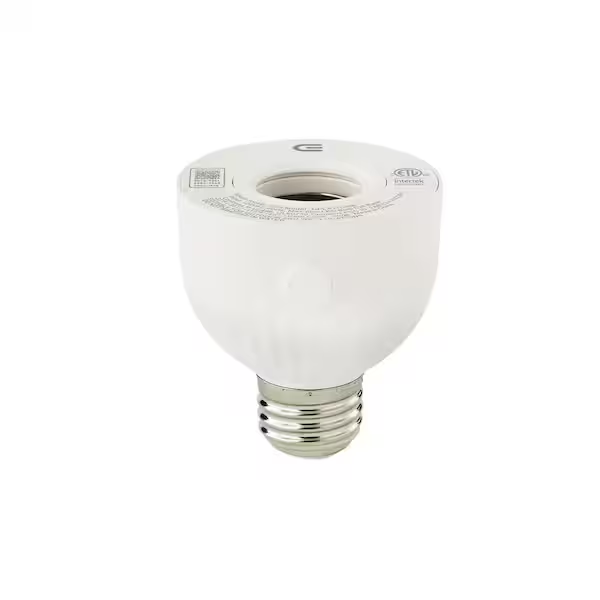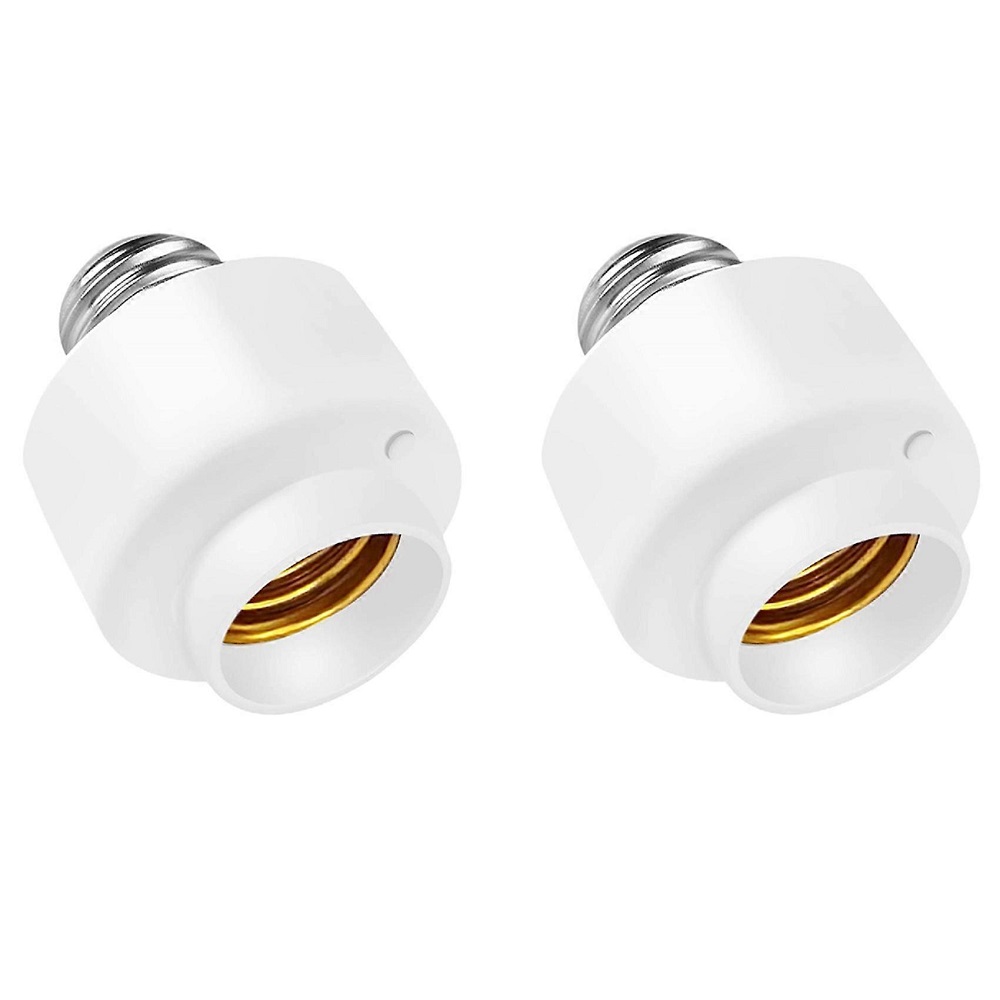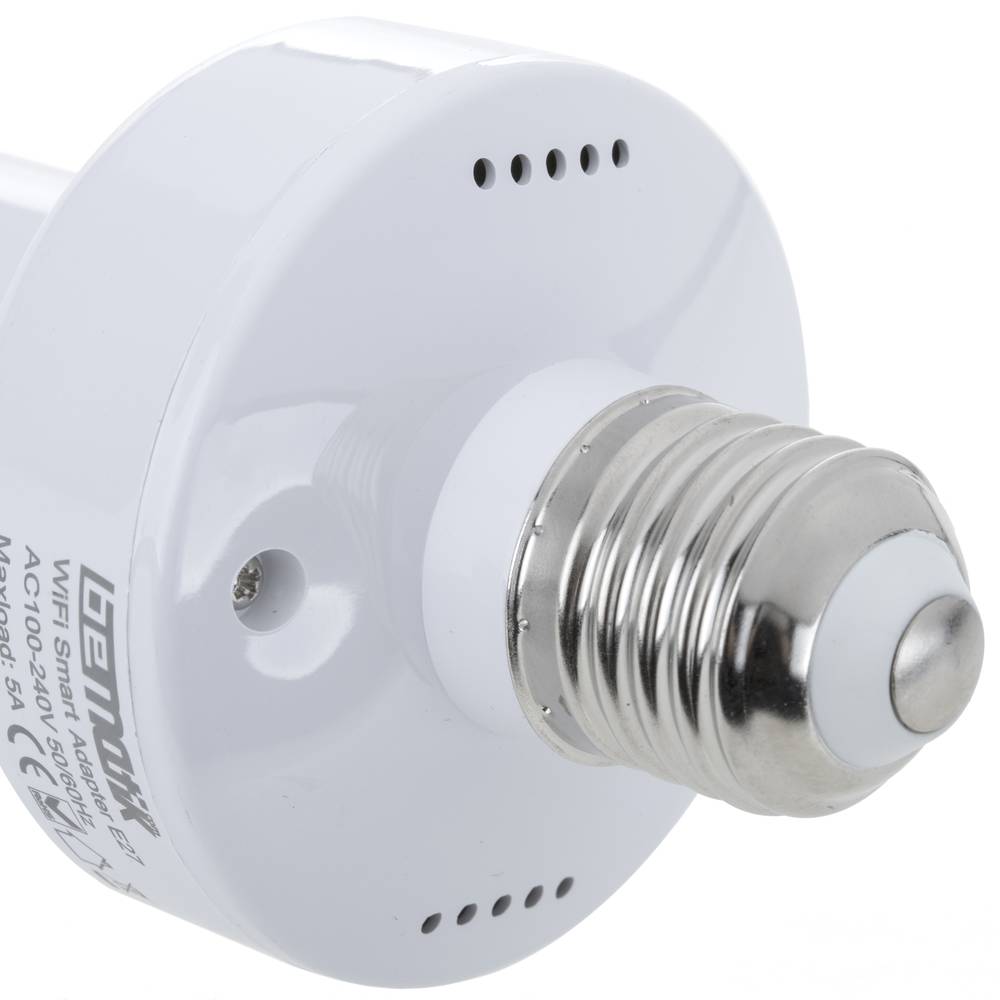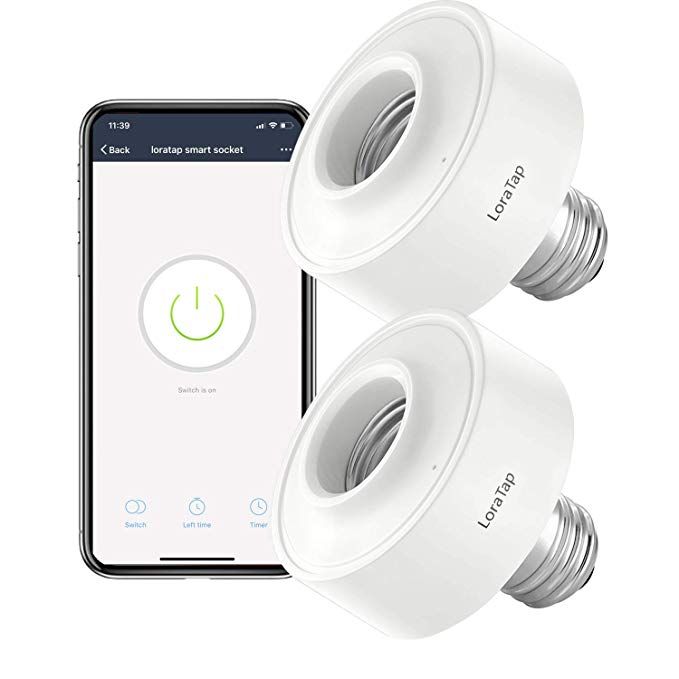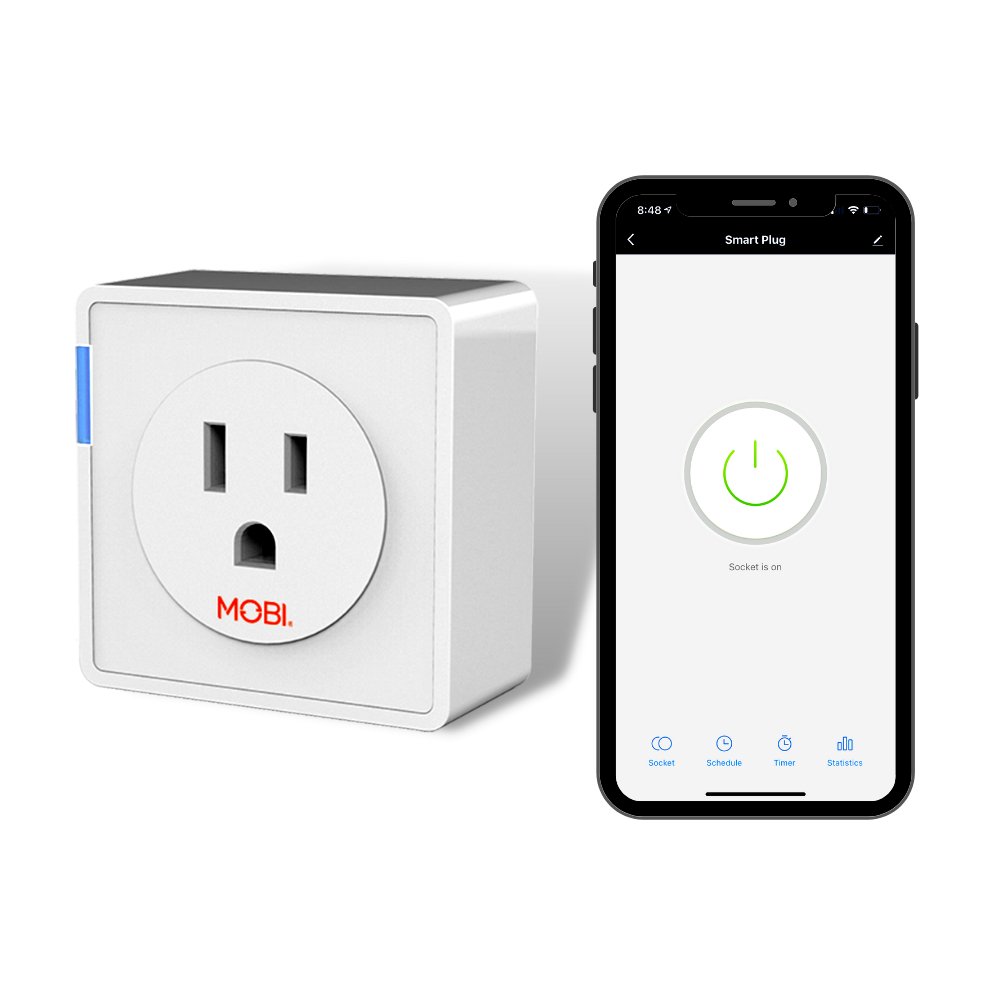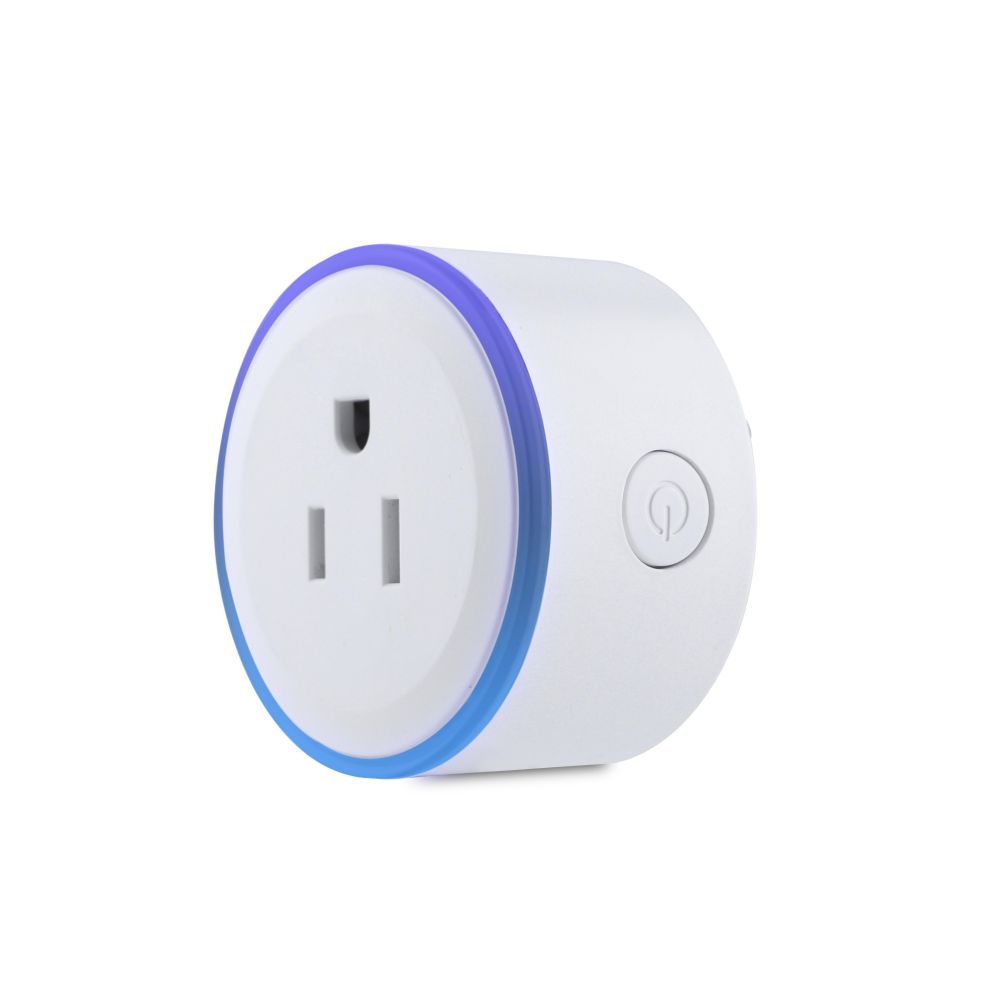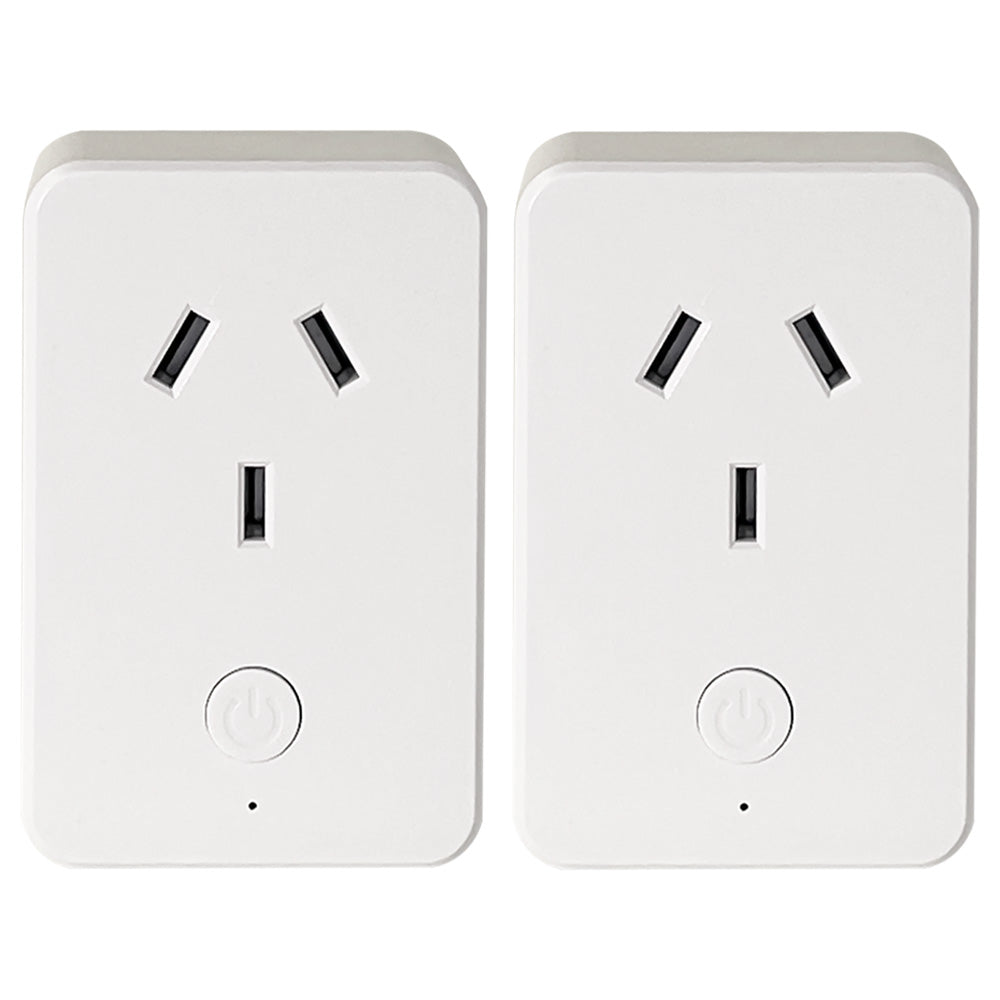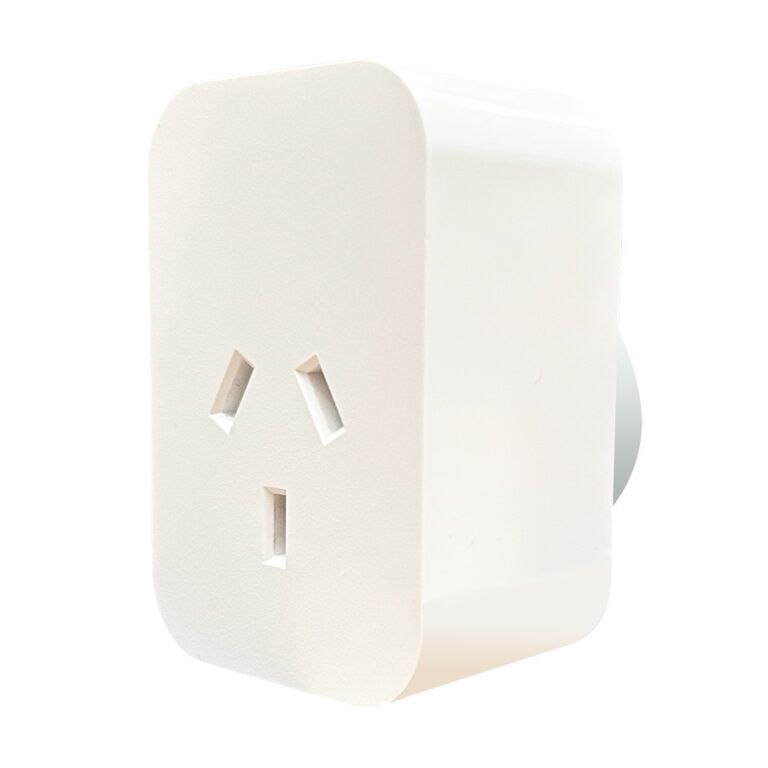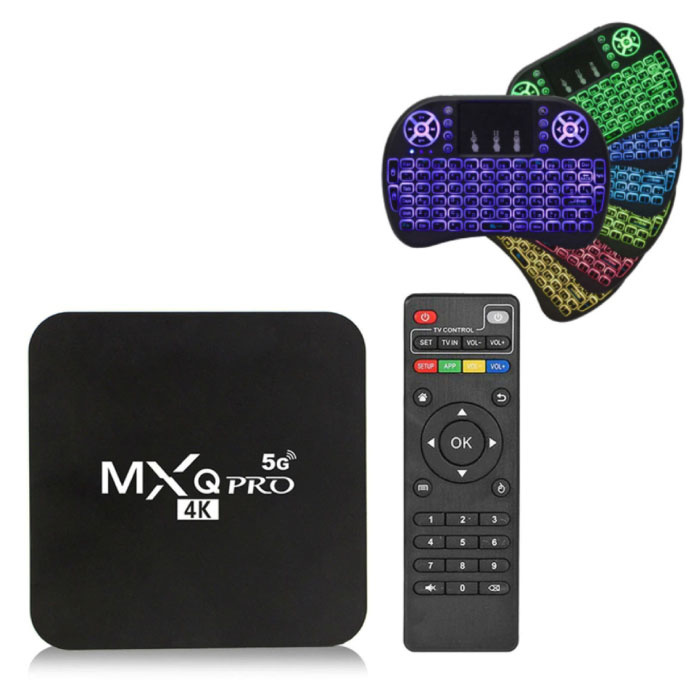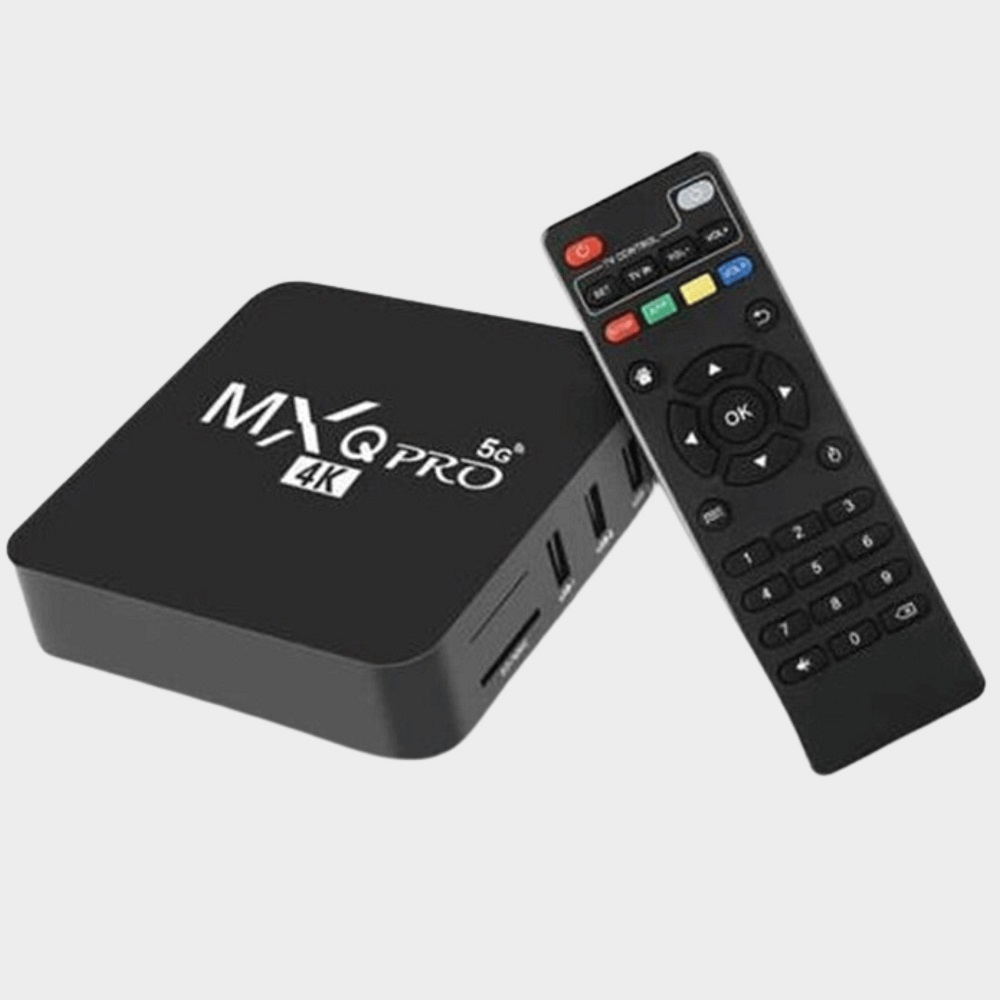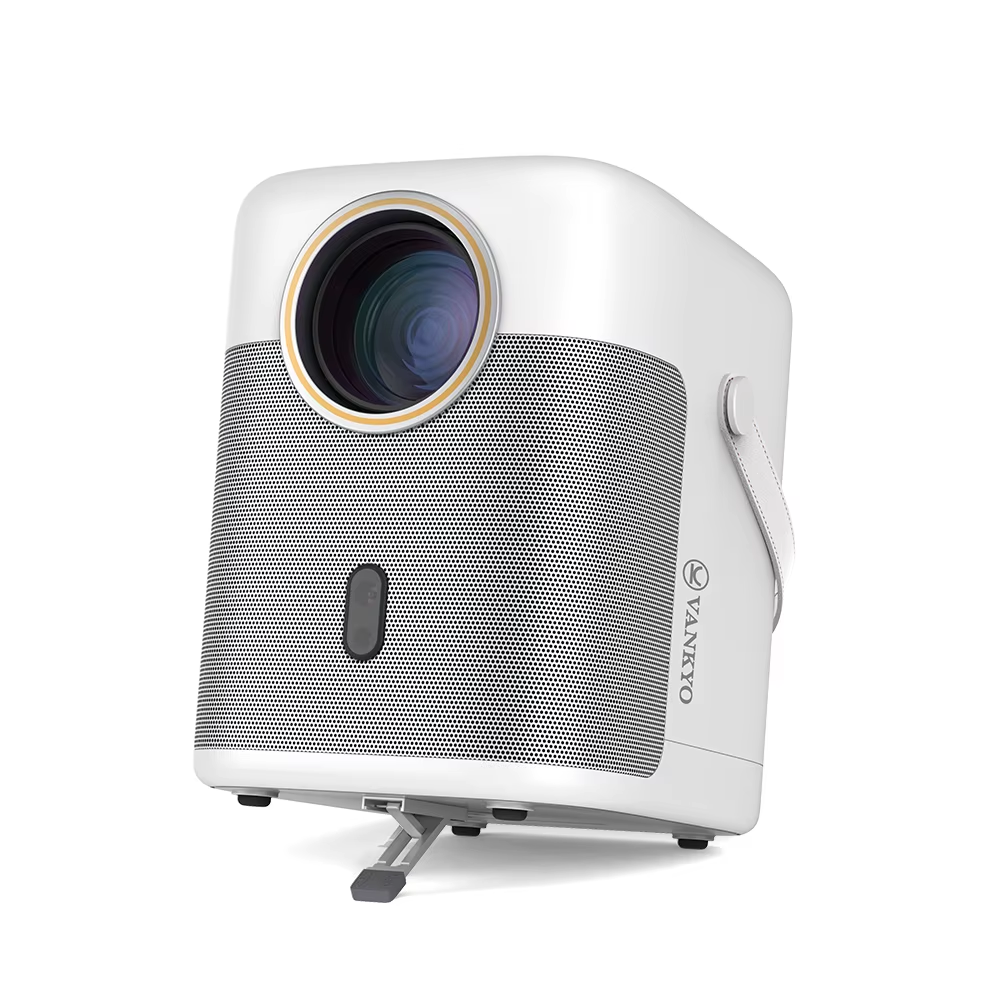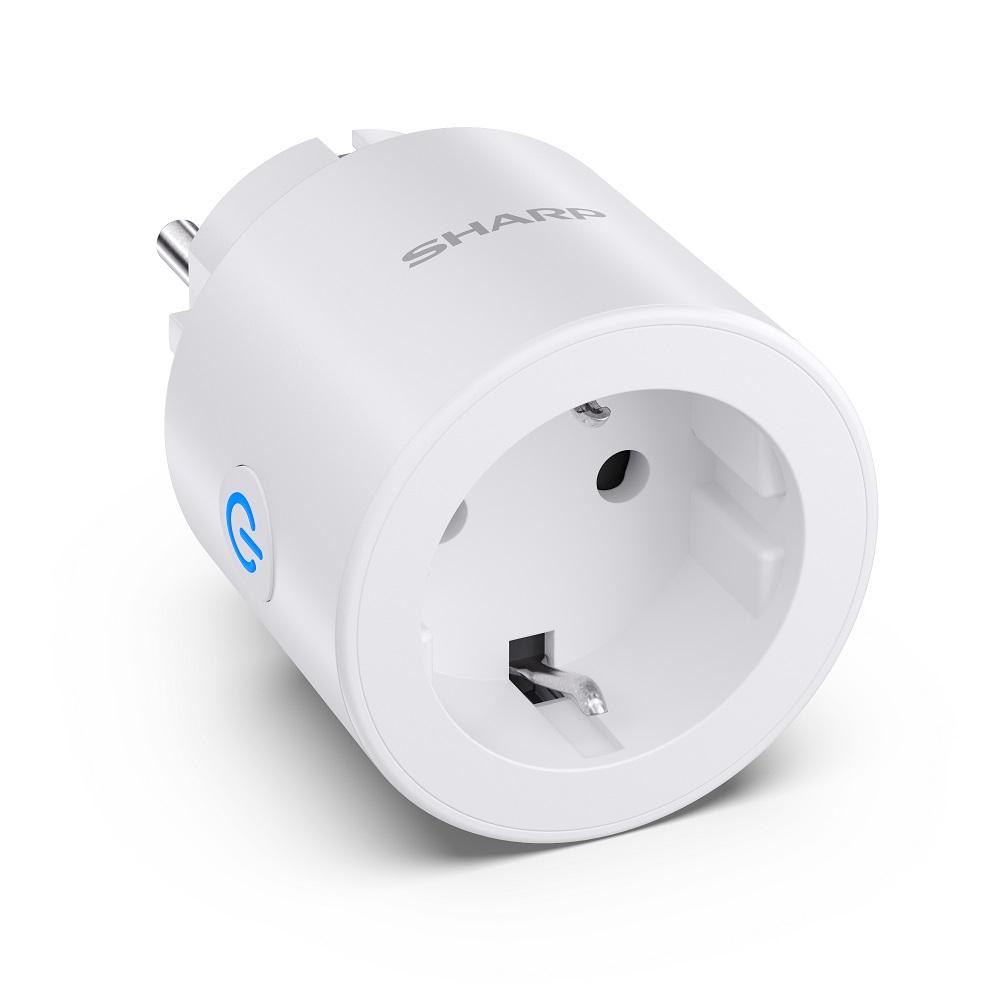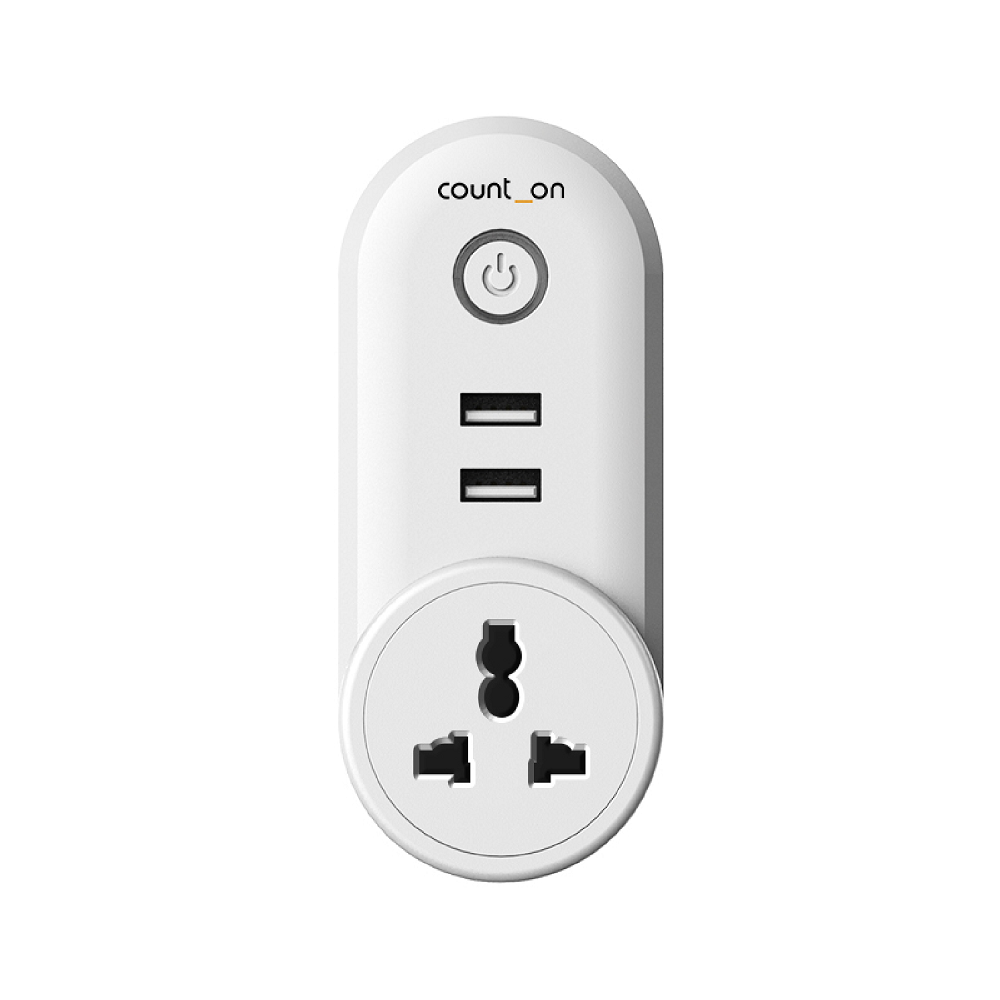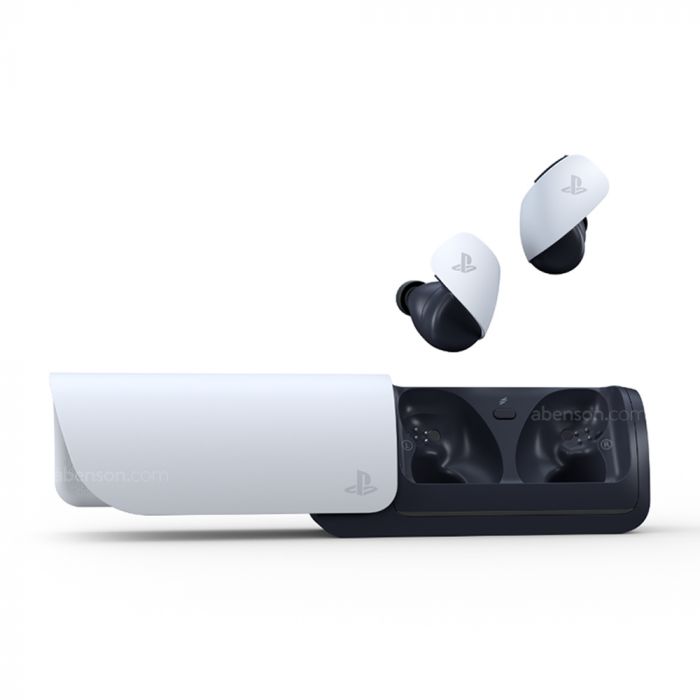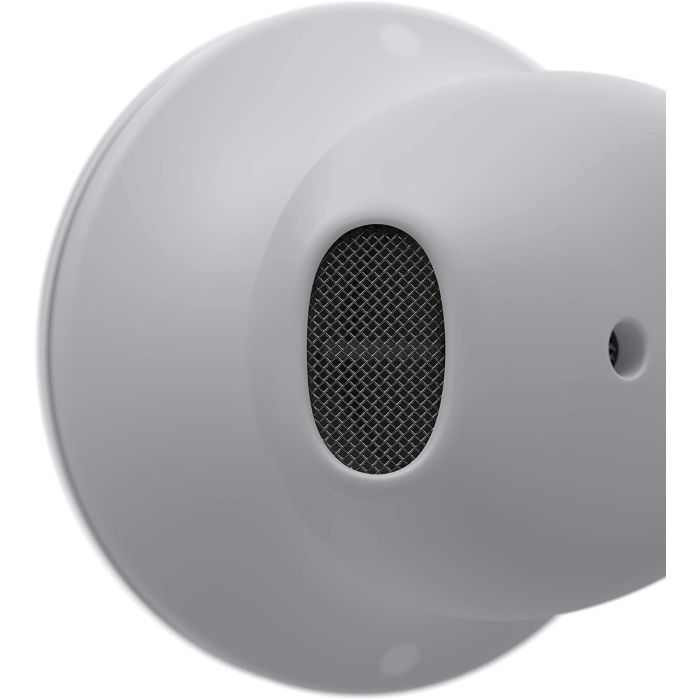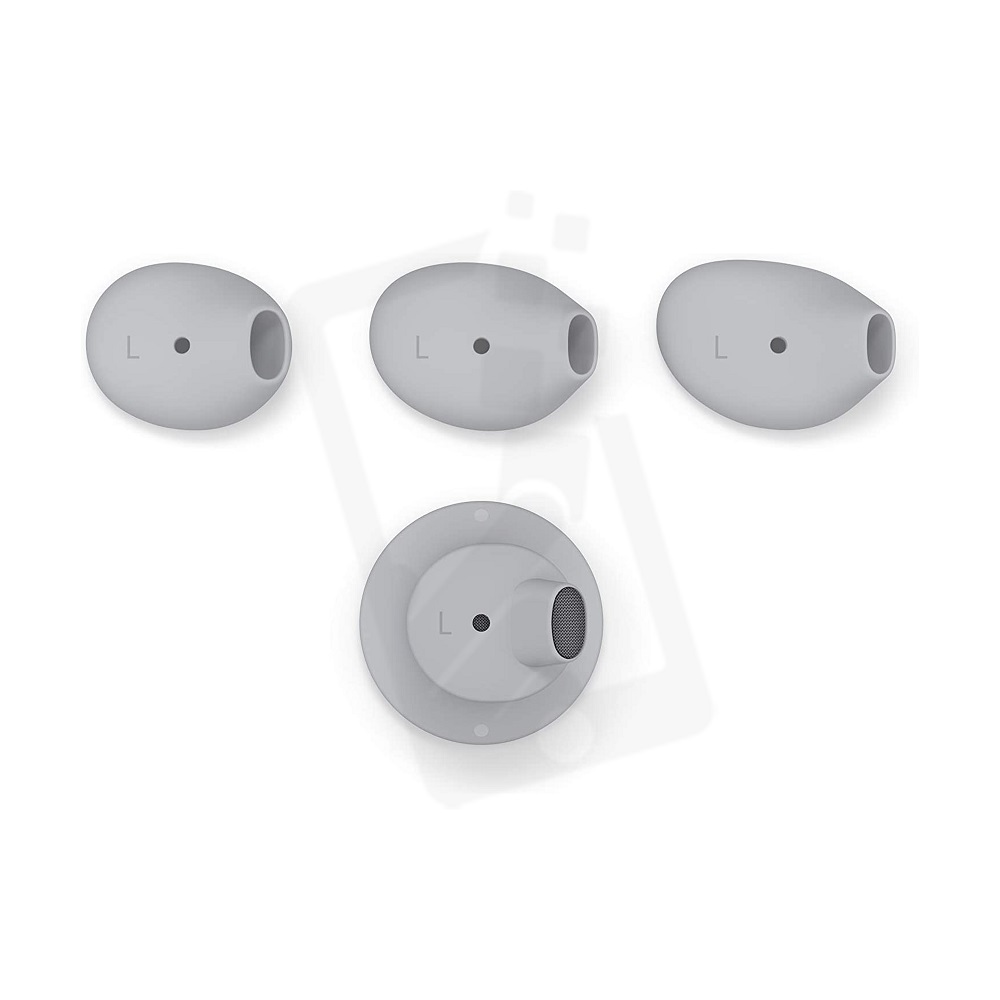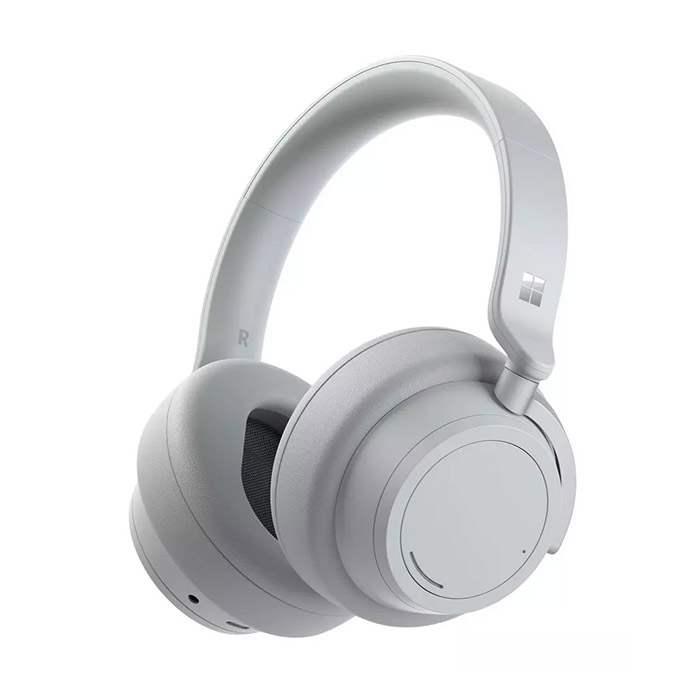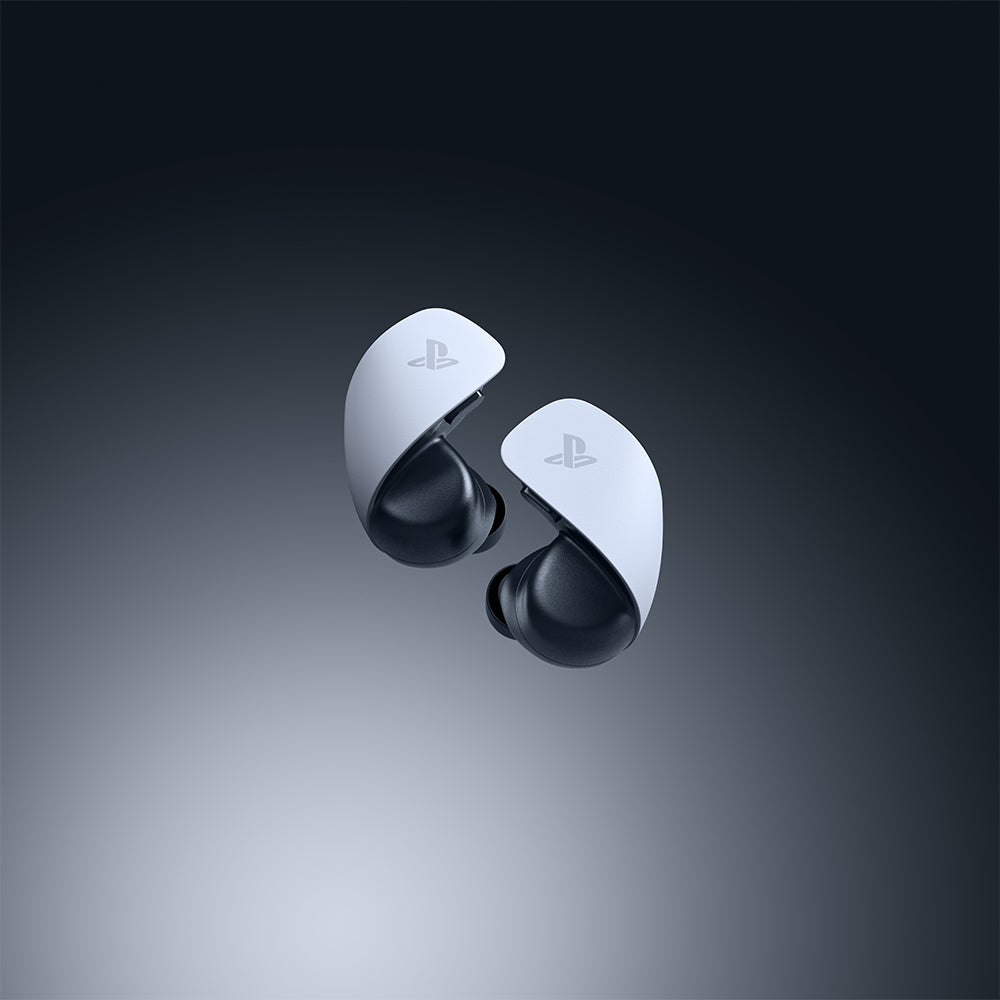Smart Bulb Socket vs. Smart Bulb: Which One Should Choose?
As the world moves toward more advanced technology, smart lighting solutions have gained popularity in many households. Among these solutions, smart bulbs and smart bulb socket stand out as two leading options for enhancing your home’s lighting system. Each has its unique features and benefits, which can make choosing between them a challenge. This article will delve into the details of smart bulb sockets and smart bulbs, helping you determine which one is best for your needs. By the end of this guide, you will be well-equipped to make an informed decision for a smarter, more efficient home.
Understanding Smart Bulbs
What Are Smart Bulbs?
Smart bulbs are LED lights that connect to your home Wi-Fi network, allowing you to control them remotely through a smartphone app or a smart home hub. These bulbs are available in various shapes, sizes, and color temperatures, providing flexibility to suit different needs and tastes.
Many smart bulbs also offer a range of features, such as dimming capabilities, color changing options, and scheduling functions. Users can set up specific routines, such as having the lights dim during movie nights or change colors for special occasions. Smart bulbs are typically designed to replace standard light bulbs, making them easy to install in existing fixtures.
Benefits of Using Smart Bulbs
The advantages of using smart bulbs are numerous. First, their versatility allows users to customize lighting according to their preferences and lifestyles. Many smart bulbs integrate with virtual assistants like Amazon Alexa, Google Assistant, or Apple HomeKit, enabling voice control.
Moreover, smart bulbs can contribute to energy savings. Many smart bulbs consume less power than traditional incandescent bulbs while providing brighter light. This energy efficiency can lead to lower electricity bills over time. The convenience and customizability of smart bulbs make them an appealing option for modern households.
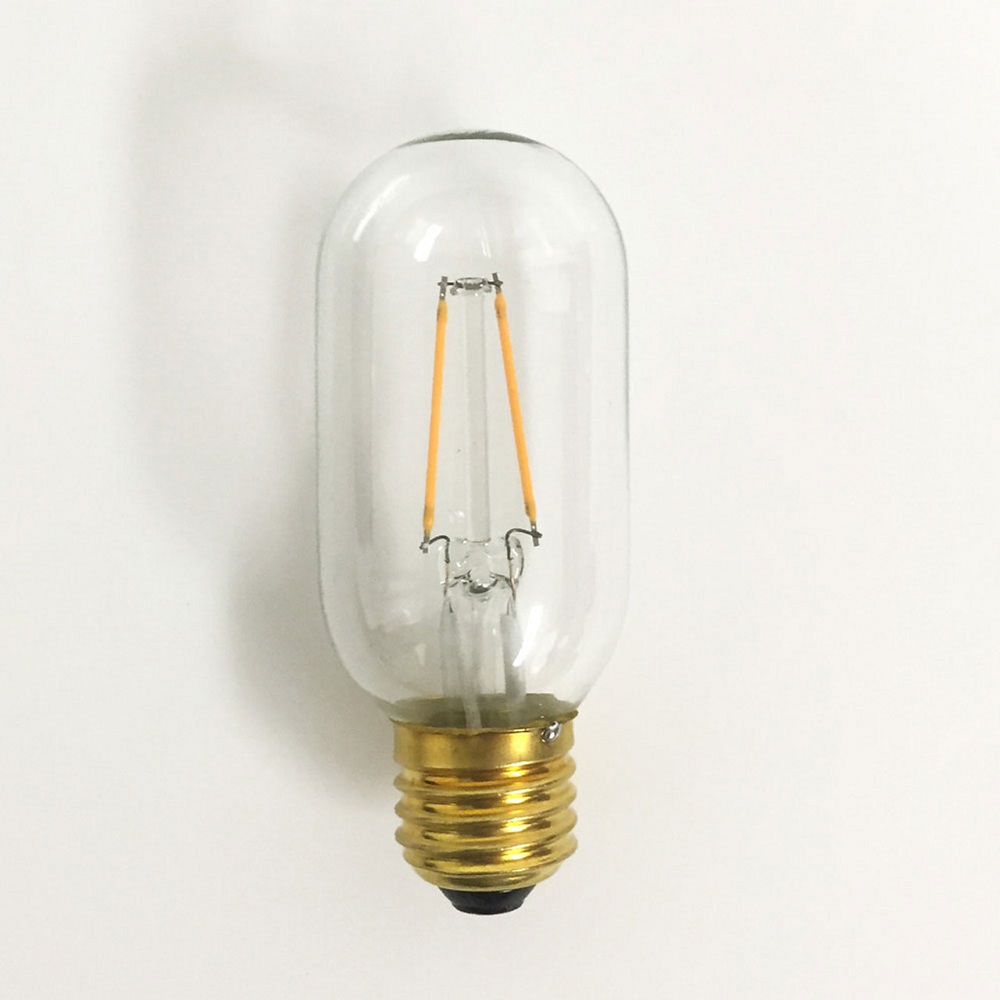
Exploring Smart Bulb Socket
What Are Smart Bulb Sockets?
Smart bulb sockets are devices that adapt standard bulbs for smart functionality. These sockets replace traditional light sockets or screw into existing fixtures, enabling smart control over any connected lamp or light bulb. Essentially, they serve as an intermediary between traditional bulbs and smart technology.
With a smart bulb socket, you can use any standard LED or incandescent bulb and add smart features to it. This option allows for more flexibility, especially if you already have a collection of traditional bulbs that you do not want to replace.
Advantages of Smart Bulb Sockets
Using smart bulb sockets offers several benefits. One significant advantage is their cost-effectiveness. Instead of replacing all your bulbs with smart versions, you can convert standard bulbs to smart ones by adding a socket. This approach reduces the upfront costs associated with upgrading your home’s lighting system.
Another benefit is compatibility. Smart bulb sockets can work with almost any bulb type, making them suitable for various fixtures and settings. This versatility allows you to maintain the aesthetic of your current lighting while enjoying the benefits of smart technology.
Installation and Setup
Installing Smart Bulbs
Installing smart bulbs is typically straightforward. Users simply replace traditional bulbs with smart bulbs in existing fixtures. Once the bulbs are in place, they connect to a home Wi-Fi network using the manufacturer’s app. Setup usually involves scanning a QR code or adding the bulbs manually to the app.
Many smart bulbs are designed to integrate with popular smart home ecosystems, allowing for seamless operation. This simple installation process makes smart bulbs an ideal choice for non-technical users or those looking for an easy upgrade.
Setting Up Smart Bulb Socket
Setting up smart bulb sockets is just as accessible as installing smart bulbs. After removing the old socket or lightbulb, users replace it with the smart socket. Most smart bulb sockets have a simple twist-and-lock mechanism for securing the bulb in place.
Like smart bulbs, smart sockets usually connect to your Wi-Fi via an app. Once installed, users can pair them with their existing bulbs. This process can provide instant access to smart features like remote control and scheduling. Smart bulb sockets offer a flexible approach for those who want to maintain their existing lighting while enjoying modern enhancements.
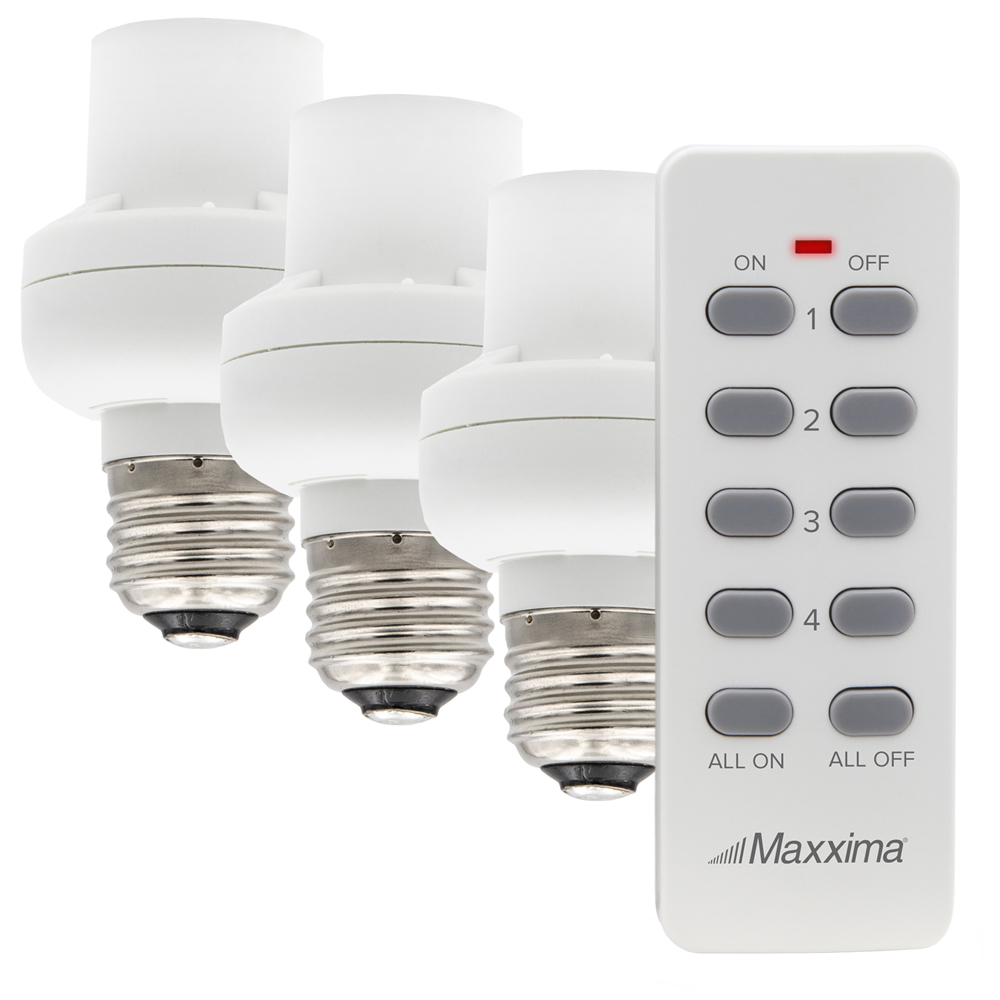
Functionality Comparison
Features of Smart Bulbs
Smart bulbs come loaded with features. Many offer dimming capabilities, allowing users to adjust brightness levels according to their needs. Additionally, numerous smart bulbs support color changes, enabling users to personalize their ambiance with specific hues.
Scheduling functions are another highlight of smart bulbs. Users can set timers to turn bulbs on and off at designated times. This functionality can enhance home security while also allowing for energy savings by turning off lights when they are not needed.
Features of Smart Bulb Sockets
Smart bulb socket provide many of the same functionalities as smart bulbs, including remote access and scheduling. However, the features can depend on the specific smart socket model. Some high-end smart sockets may include built-in dimming capabilities, while others may offer customizable scenes and routines based on user preferences.
One unique feature of smart bulb socket is the ability to control multiple bulbs simultaneously. By connecting a smart socket to a group of bulbs, users can manage the lighting for an entire room with a single command. This feature can benefit larger spaces where multiple fixtures are in use.
Integration with Smart Home Systems
Smart Bulbs and Hub Compatibility
Smart bulbs are designed to integrate seamlessly with various smart home ecosystems. Many popular brands support platforms such as Amazon Alexa, Google Assistant, or Apple HomeKit. This integration allows users to control their lights with voice commands or through an app on their smartphones.
Moreover, smart bulbs can usually be added to routines within the smart home system. For example, users can set their lights to turn on automatically when they arrive home or adjust throughout the day based on their activity levels. This compatibility enhances the overall smart home experience, providing convenience and functionality.
Smart Sockets and Ecosystem Compatibility
Smart bulb sockets also offer compatibility with popular smart home systems. However, the extent of integration may vary by brand and model. High-quality smart sockets often work well with established ecosystems, allowing for voice control and automation.
It is also essential to verify whether the smart socket supports third-party services. Some lower-end models may have limited integration capabilities. Therefore, checking reviews and product specifications is crucial to ensuring your smart socket fits smoothly into your existing smart home environment.
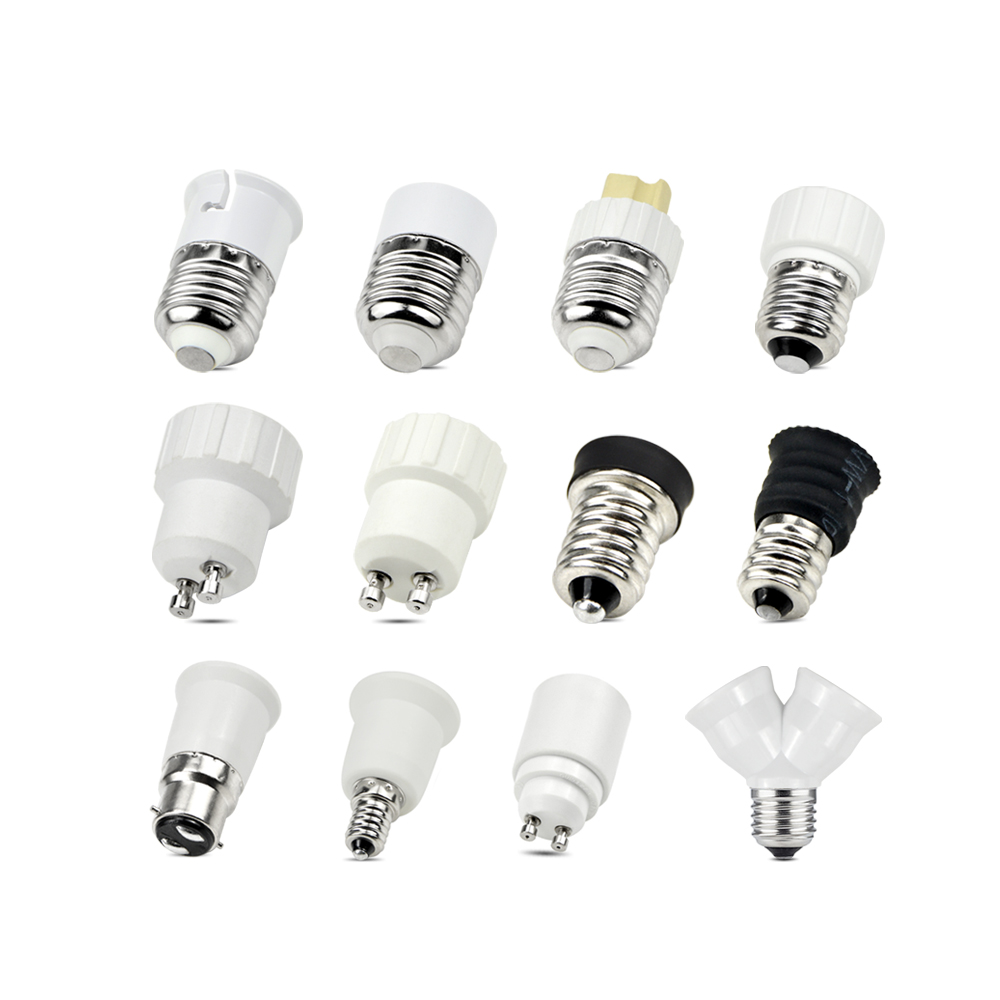
Cost Considerations
Pricing for Smart Bulbs
When considering smart lighting solutions, pricing is an important factor. Smart bulb prices vary widely depending on the brand, features, and specifications. Entry-level smart bulbs can be found for as low as $10 to $20, while high-end models with advanced features may cost up to $50 or more.
Investing in several smart bulbs for a complete lighting solution can add up quickly, especially if your home has multiple fixtures. While smart bulbs can enhance convenience and control, it is essential to set a budget that aligns with your financial situation.
Pricing for Smart Bulb Sockets
Smart bulb sockets are typically less expensive compared to smart bulbs. Most smart sockets range from $15 to $30, making them an affordable option for adding smart functionality to existing lighting fixtures. By utilizing smart sockets, you can save money by keeping your current bulbs rather than purchasing new smart options.
However, keep in mind that the cost-effectiveness of smart sockets depends on how many fixtures you wish to control. If you have multiple lights that require connectivity, the expenses of several sockets can accumulate. Nevertheless, many users find this route cost-effective, leading to significant savings in the long run.
Making the Right Choice for Your Home
Evaluating Your Needs
Deciding between smart bulbs and smart bulb sockets ultimately depends on your specific needs and preferences. If you prefer a straightforward solution that enhances your existing lighting without complicated setups, smart bulbs are the way to go. Their features and direct compatibility with smart home systems offer an immediate upgrade to your lighting experience.
On the other hand, if you want to maintain your current bulbs or reduce costs, smart bulb sockets offer an excellent alternative. They provide many smart functionalities while minimizing expenses. Many users appreciate the flexibility of sockets, as they can adapt to different bulbs or fixtures without needing to replace every light source.
Choose What Works Best for You
In conclusion, both smart bulbs and smart bulb sockets have their unique benefits and functionalities. Consider your preferences, budget, and specific requirements to determine which option works best for your home. As smart technology continues to advance, the possibilities for enhancing your home with smart lighting solutions are limitless. By choosing the right option, you can create an efficient, convenient, and stylish lighting system that suits your lifestyle.
Ultimately, whether you select smart bulbs or smart bulb socket, you can enjoy a more connected and enjoyable living environment. Embrace the trends in smart lighting and elevate your home to a whole new level of comfort and convenience.
